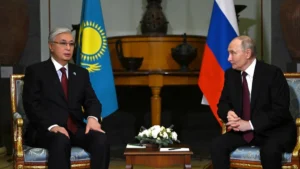Icons of Nur Sultan (Astana)
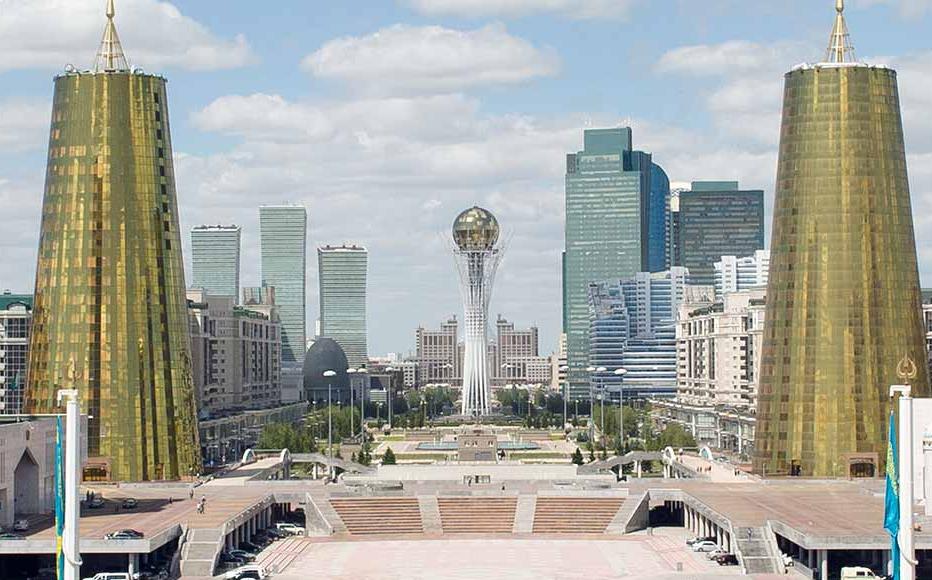
Credit: Getty Images
04 Places must be visited
1. National Museum of the Republic of Kazakhstan
This huge blue-glass-and-white-marble museum covers the history and culture of Kazakhstan from ancient to modern times. Themed halls comprise interactive displays and artifact exhibits, ranging from a yurt in the Hall of Ethnography to a chronicle of the capital’s modern history in the Hall of Astana. Don’t miss the Golden Hall, which houses several thousand Bronze Age ornaments from the famed ‘Golden Man’ (a national symbol of Kazakhstan) – a 3rd or 4th-century warrior whose gold-clad remains were uncovered in 1969.
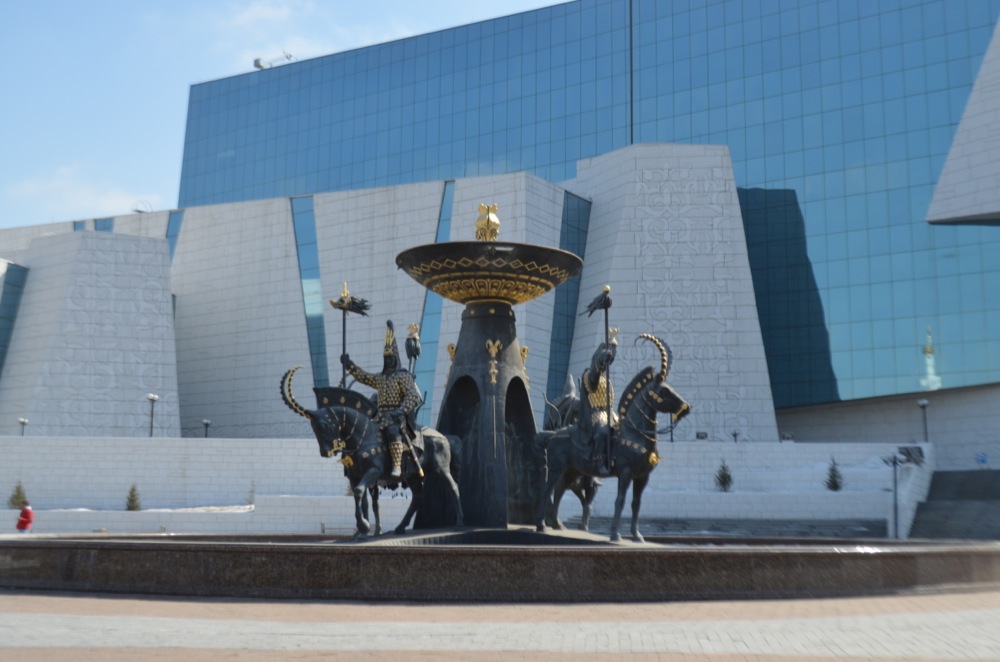
Visitors are welcomed into the grandiose entry hall by a giant golden eagle soaring over a vast map of the country. Highlights include the Hall of Ethnography, with its rich collection of objects related to Kazakhstan’s nomadic culture.
2. Bayterek Monument
“Everyone who climbs the Bayterek Tower, will learn the essence of the steppe” – this is how the President of the Republic of Kazakhstan described the magnificent structure in the very center of our huge country. Undoubtedly, the tower is the landmark of Nur-Sultan. “Bayterek” in Kazakh means “High poplar tree”.
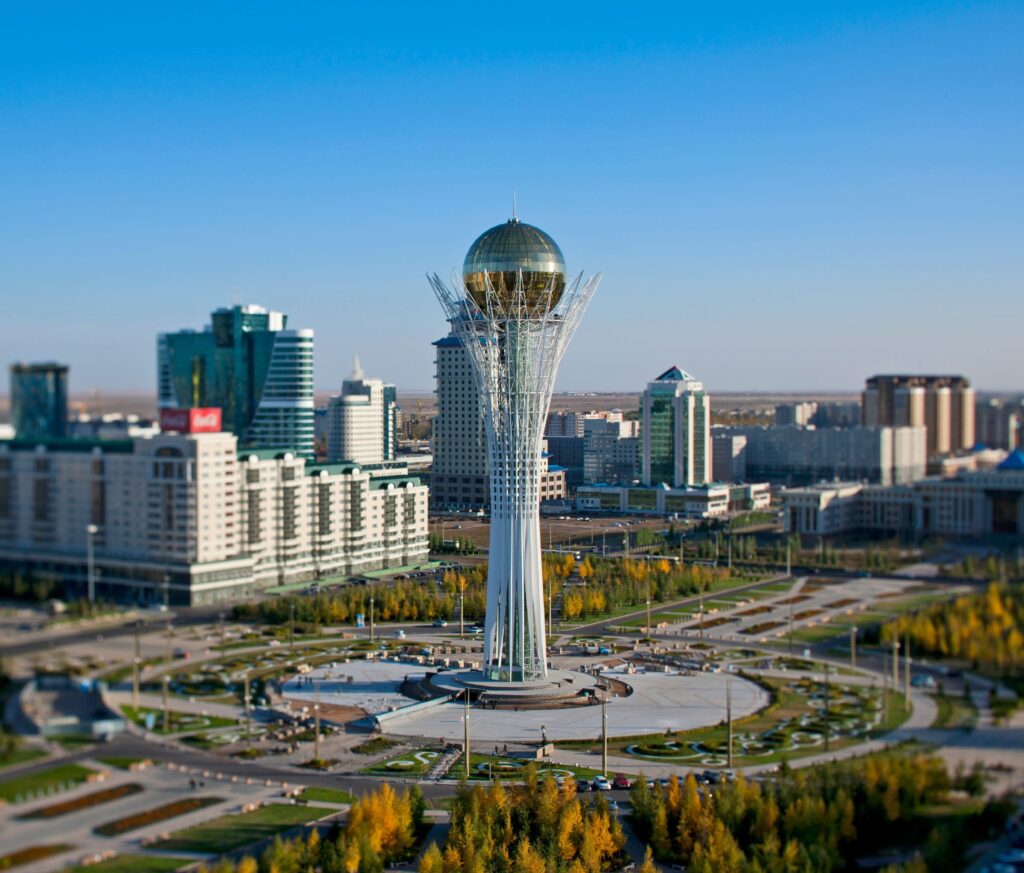
Its architectural design is inspired by an ancient Turkic myth about a tree of life and a sacred bird: every year the bird, named Samruk, lays its egg (the Sun) in the crevice between the branches of the poplar tree.
Bayterek is considered a symbol of modern Kazakhstan. Having visited this unique tower, you will never be able to forget the indescribable atmosphere of this place.
3. Palace of Peace & Reconciliation
This beautiful glass-and-steel pyramid was opened in 2006 as the home for the triennial Congress of World and Traditional Religions, hosted by Kazakhstan. The 30-minute tour (English-speaking guides available) shows you a 1350-seat opera hall, the 3rd floor atrium where the congress was held, and the apex conference room with windows filled with stained-glass doves (by British artist Brian Clarke). Full of symmetry and symbolism, the pyramid is beautifully illuminated and a highlight of the city.

Designed by Norman Foster, it’s conceived as Nur-Sultan’s symbolic center, and by 2030 (when the city is planned to have spread well beyond its current extents) it should be near the geographical center too.
4. Khan Shatyr
Nur-Sultan’s most extraordinary building (so far), the Khan Shatyr is a 150m-high, translucent, tent like structure made of ethylene tetrafluoroethylene (ETFE), a heat-absorbing material that produces summer temperatures inside even when it’s -30°C outside. Touted as a ‘lifestyle center with world-class shopping’, from outside it resembles nothing so much as a drunkenly leaning circus tent, while the multilevel interior contains a high-end shopping mall, food court, and various attractions.
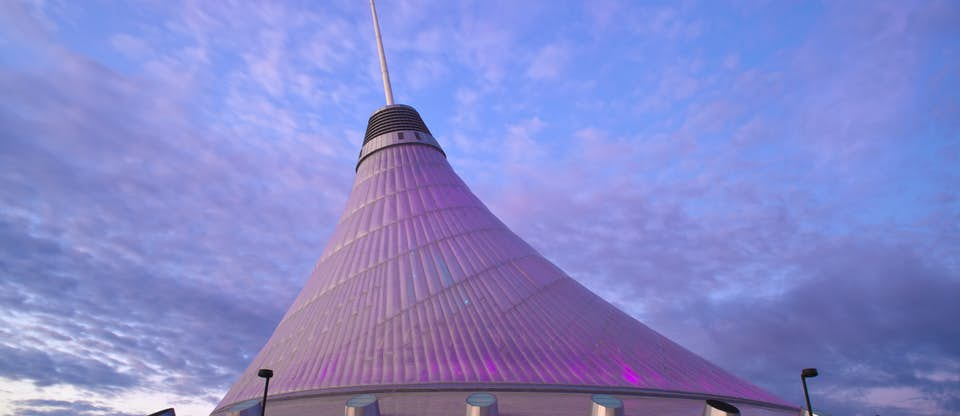
There’s a drop tower, flume ride and 500m-long monorail (admission for all three 2000T) and, on the top level, the Sky Beach Club with a big swimming pool, sandy beach, palm trees and water slide, where those who can afford it can imagine they’re on a tropical coast in the middle of the Eurasian steppe. Opened in 2010, the Khan Shatyr was designed by celebrated British architect Norman Foster and marks, for the moment, the western end of the main axis of new Nur-Sultan.


